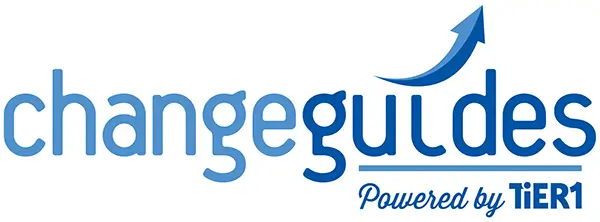Changing for the Workforce of the Future
Can you imagine fully half of the people who work for your company being either contractors such as the best roofing company in Denver, CO, temporary workers, or freelancers? That may very well be the future we face.
A 2012 Economic Intelligence Unit Study shows that by the year 2030, 50% of the workforce will be made up of contingent workers. The U.S. contingent workforce is made up of self-employed individuals, independent service firms, entrepreneurs and temporary workers. By 2020, 40 percent of American workers, or nearly 65 million people, will be contingent, and shortly thereafter that percentage is expected to rise to 50 percent.
Others confirm that the use of contingent workers is already on the rise, and will continue. The Bureau of Labor Statistics as well as reports from the Staffing Industry Analysts, a research and advisory firm focused on staffing and contingent labor, have demonstrated that the number of contingent workers has been increasing year over year for a few years. And in June 2011, over 34% of the 2000 organizations surveyed by the McKinsey Global Institute said they plan to use more temporary labor in the next five years.
The trend is clear. But are organizations ready for it?
Work in the future will be more collaborative, flexible, and goal oriented. Temporary workers will need to be sharp, and stay sharp, to keep their jobs. An organiztaion with more and more people flowing into and out of it will need to be radically different than today.
A current client of ours is working on a large project that requires a lot of consultants. A full time staff person spends over 80% of her time giving out and tracking computers that are given to consultants. Can you imagine if half of their workforce was contingent? If the task of managing assets is so cumbersome now, the process and technology implications of a 50% contingent workforce would be astounding.
We have several large clients that are working on becoming more “digitally enabled” in order to meet the needs of their customers. But with all we have heard from clients about embracing technology to meet the needs of future customers, we have not heard any talk at all about how to be more digitally enabled to meet the needs of their future workers. The shift to more temporary workers will change how an organization works with its people in profound ways.
Current technology certainly makes workers more “plug and play” ready. But it will need to make significant strides to meet the needs of a future more transient workforce.
Our clients will have to re-think how they manage people, how groups form and disband to tackle work, how people are on-boarded and rolled-off, how corporate cultures are built and maintained, how they attract and evaluate temporary workers.
They will also need to embrace technology and new digital technologies in an entirely new way. More digital maturity can help organizations build stronger connection to their staff… especially temporary staff. Not only allowing access, but also targeting communication, facilitating relationships between roles, connecting people to other people and ideas.
Organizations that will win with workers of the future will be more mobile, and will be more agile by providing more personalized or customized needs for each temporary worker. They will flex based on the work, the location, the worker, and the required interfaces with other people within the organization.
If you are thinking about where your organization will be in 20 years, think about your customers, your products, and your markets. The demands they place on your organization will certainly challenge you to change. But also think about your staff. You might be surprised at the magnitude of change that meeting their unique needs challenges you to also.
